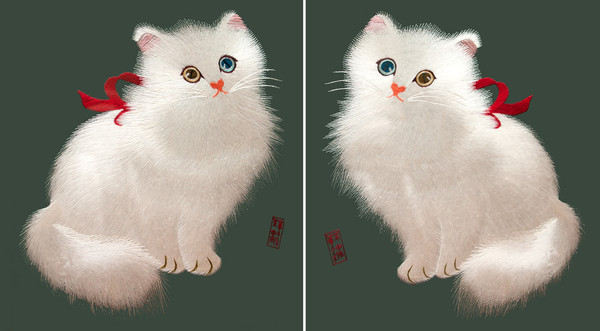Su Embroidery
Suzhou Embroidery, Su Embroidery for short, is one of the top styles of Chinese embroidery. The name comes from Suzhou where Su Embroidery originated.
History
In Spring and Autumn Period (2,000 years ago), embroidery was widely used in clothes adornment, according to historical records. Raising silkworms and embroidering were very common during the Ming Dynasty. In the late Qing Dynasty, Su Embroidery was exceptionally delicacy and exquisite. The “Lifelike Embroidery Style” is currently unique and famous not only to China but also around the world.
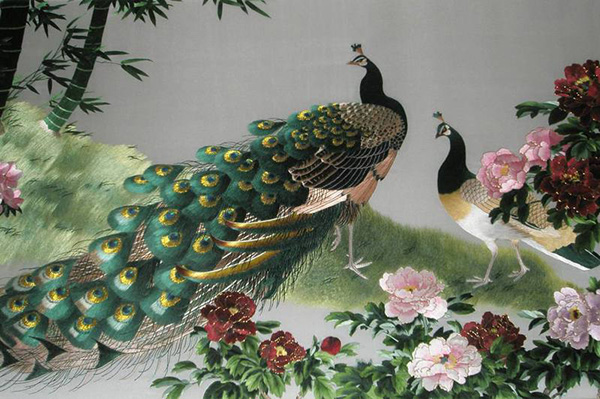
Characteristics
The use of various thickness of thread is one of important characteristic of Su embroidery. Silk is predominant material in Su embroidery. Embroider usually split each silk strand in half, in quarters, eighths, sixteenths and so on. Therefore, embroider could apply different thicknesses of thread for create different subjects. A thinner thread is used to capture subject’s dexterity. A thicker thread is used for main part of subjects however.
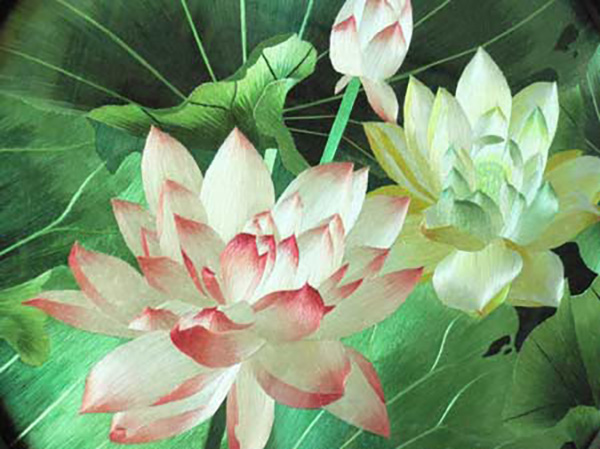
Over time, more and more different materials, such as nylon, cotton and gold are adopted when embroider could thus enrich effects depending on different subjects.
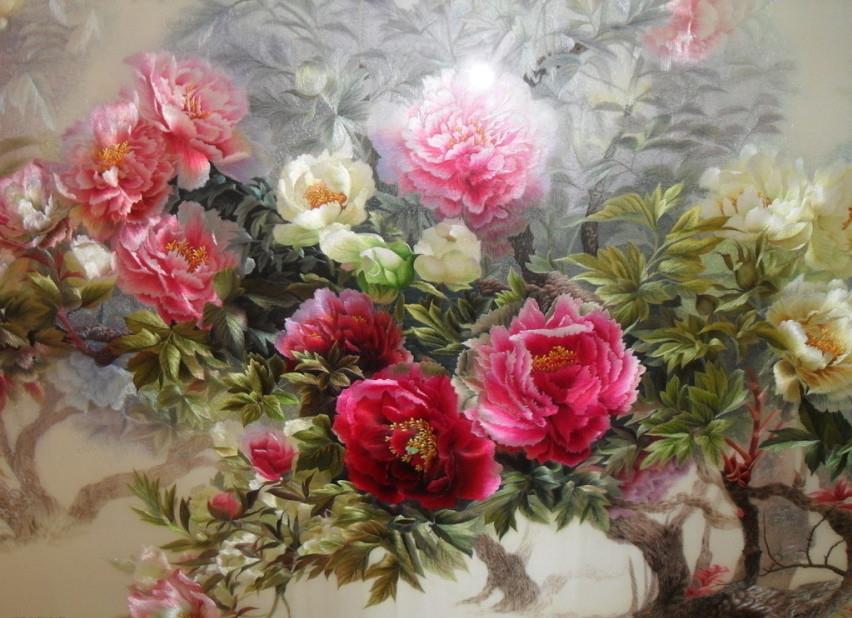
Branches
According to embroidery techniques, Su embroidery could be classified into single faced embroidery and unique double-faced embroidery. Double-faced embroidery has the same pattern on both sides, which looks the same from either side. It uses the same embroidering method. The greatness of the double-sided embroidery is that you could not even see the joints in the stitches.
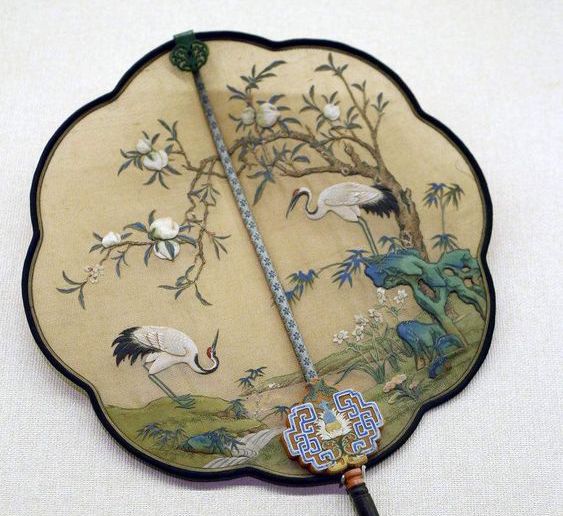
The following Su embroidery named TWINE is from a Chinese embroider artist Yingzi Zou. It captures the woods in winter, which was collected by British Museum.
